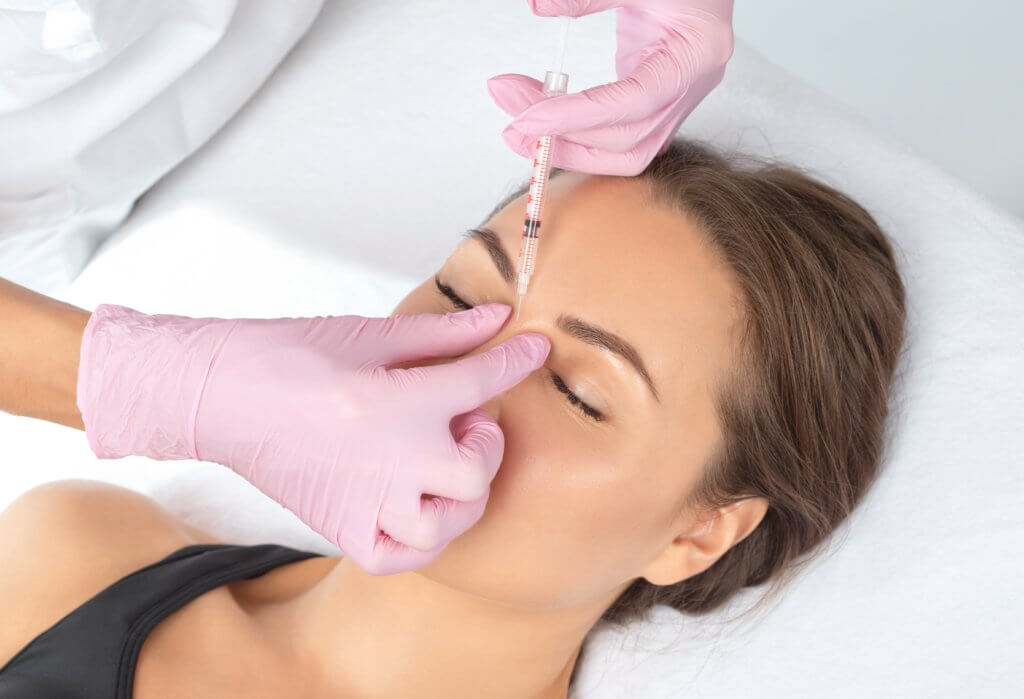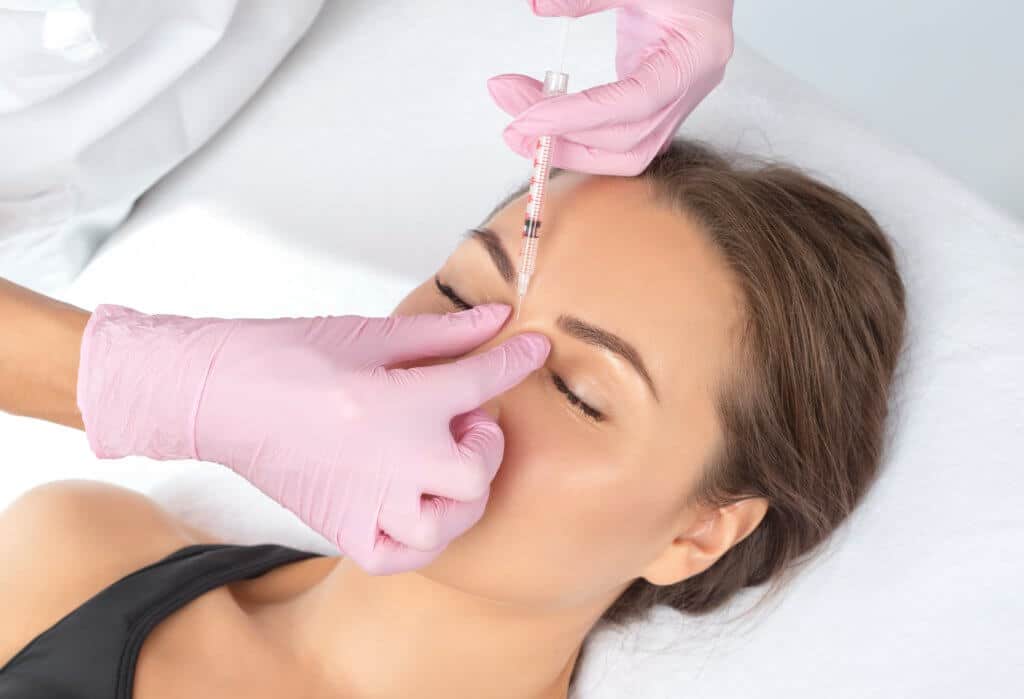
In our society, we are all too familiar with the concept of the “perfect face.” We see it in ads and TV, and sometimes we even see it in our reflections.
But what if I told you there was a way to achieve the perfect face without falling under the knife? A way to erase wrinkles and fine lines in your skin with nothing more than a few injections of botulinum toxin?
That’s right: Botox can give you the perfect face without undergoing expensive surgery or relying on makeup and hair products.
Things to Know about Botox Treatment
Botulinum toxin is the official name for botox. The substance is produced by Clostridium botulinum, a bacterium that exists in nature and causes food poisoning (botulism). Medicine is used to treat muscle spasms and skin conditions such as wrinkles.
There are several types of Botox, but only one is used for cosmetic purposes.
Botulinum toxin, also called botox, is a neurotoxin used to treat muscle spasms. It was initially discovered in the late 19th century by German physician Dr. Friedrich Twort and since then has been used for various medical purposes, including:
- treating muscle spasms
- reducing wrinkles and fine lines on the face
- preventing excessive sweating in the underarms or hands
Botox Can’t be Used on Everyone
- If you have certain medical conditions or have had specific reactions to Botox, your doctor won’t be able to use it on you.
- If you have a stroke or neuromuscular disease, your doctor will not be able to use Botox because it can affect the nerves that control these functions. This is why patients who already have muscle paralysis are not good candidates for receiving Botox injections.
As with all cosmetic procedures, pregnant women and breastfeeding mothers should avoid this treatment because little research has been done on its effects on fetuses and infants (although studies show that it is not harmful).
Botox is Not a Permanent Solution to Wrinkles
While Botox can help you reduce the appearance of wrinkles, it isn’t a permanent solution. You may need to get additional treatments to maintain your results. Additionally, Botox should never be used on the entire face and should only be used in small areas of the body simultaneously because it can cause some side effects if too much is injected.
Before and After Photos Can Help You Pick the Right Doctor
Before and after photos are a great way to compare your options. It’s essential to look at the quality of each photo and consider whether they represent what you’re looking for. If you need more clarification on what you want, ask your doctor for more examples or information on their experience.
Remember that it’s okay to be selective when choosing a botox treatment provider. Looking at multiple doctors will help you find one who understands your needs and can provide results that meet them.
Be careful with your decision and find out as much as possible before proceeding.
Before you decide to undergo botox treatment, it’s a good idea to talk to a dermatologist. Ask about the risks, benefits, and possible side effects. Also, inquire about the cost of this procedure and how long the results last for an individual patient.
How old is too old for Botox?
Botox is a popular wrinkle-relaxing injection that’s FDA-approved for use in people 18 and older. It treats various cosmetic conditions, including facial wrinkles and lines, crow’s feet, frown lines, and neck bands.
To be clear, Botox isn’t a permanent solution for these issues. The effects are temporary—lasting about three to four months after injection—but they can make you look younger or fresher during that period.
Because it’s so safe and effective when used appropriately (i.e., with proper dosing), many people think Botox is something they should try at an earlier age than 18. But this isn’t necessarily true! Before you start getting Botox injections regularly (or even once), consider your goals for getting filler injections in the first place and how long your results will last before deciding if Botox injections are suitable for you at all.
Can you still use Botox if you have a medical condition or take prescription medication?
Botox can be used to treat many medical conditions:
- It’s been shown to be effective in the treatment of chronic migraines.
- It can help reduce neck pain.
- If you have chronic pain, such as back pain or joint problems, Botox may help alleviate your discomfort.
Does Botox work better on younger users?
Botox works well on younger users. It’s safe for most people under 18 to use Botox and may be helpful for various conditions. The trick is finding a qualified doctor who can administer Botox safely and effectively.
You can expect your dermatologist to offer you a treatment plan consisting of three or four injections one month apart. This allows time for the effects of each injection to wear off before the next one is given so as not to overstimulate your muscles with too many units at once.
The following are some common conditions that may be helped by using Botox:
- wrinkles (periorbital)
- acne scars
- muscle spasms, including those related to dystonia or cerebral palsy
- migraines caused by excessive sweating
What happens to the results of Botox if it’s administered when you’re young?
The results of Botox are not permanent and can fade over time. It works primarily by paralyzing the muscles in your face temporarily. This is why you might notice that some wrinkles come back after a few weeks or months, especially if you didn’t get enough Botox in the first place.
Are the results permanent?
The results of Botox are temporary on a patient’s face, but the effects of Botox are permanent. The effects last for three to six months on average, but results may last even longer in some patients.
In most cases, the effects can last up to six months after injection. For example, if you get Botox injections in your forehead area and want to keep those wrinkles away for at least six months, you’ll need two or three more sessions within that time frame. After that point, your initial treatment will start wearing off, and you’ll have to come back for another round within six months (or sooner if you begin noticing any sagging skin or droopy-looking wrinkles).
Conclusion
We hope this article has helped you understand Botox treatment and its potential side effects. If you’re considering getting Botox done, do your research and ask your doctor questions about how the procedure works and what it can do for you. You should also talk with others who have had the treatment before making up your mind.
If you’re looking for a place to help you with Botox treatments and other services, look no further than the National Training Med Spa Institute. The Botox training course will give you all the knowledge and skills to start practicing safely and effectively. We have classes available in many different locations, so no matter where you live, we can help.


